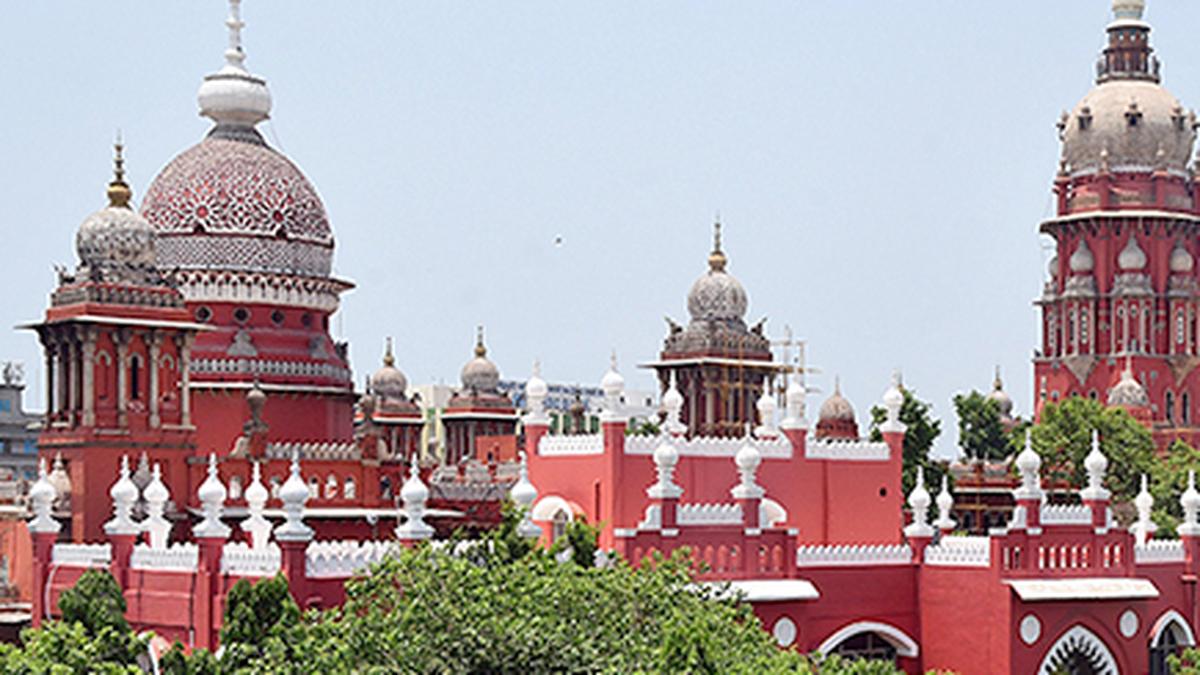
Immunity to Election Commission-allotted symbols challenged in Madras High Court
The Hindu
A public interest litigation petition has been filed in the Madras High Court challenging a 1975 amendment to the Representation of the People Act, 1951, whereby it was clarified that no symbol allotted to a candidate by the Election Commission of India (ECI) shall be considered to be a religious/national symbol
A public interest litigation petition has been filed in the Madras High Court challenging a 1975 amendment to the Representation of the People Act, 1951, whereby it was clarified that no symbol allotted to a candidate by the Election Commission of India (ECI) shall be considered to be a religious/national symbol.
The PIL petition has been listed for admission before the first Division Bench of Acting Chief Justice R. Mahadevan and Justice Mohammed Shaffiq on Monday. Advocate M.L. Ravi, of the Desiya Makkal Sakthi Katchi, had challenged the constitutional validity of a proviso introduced in 1975 to Section 123(3) of the 1951 Act.
In his affidavit, the petitioner stated that Section 123 lists bribery, undue influence and use of religious/national symbols as corrupt electoral practices that could lead to the setting aside of the election of a candidate. However, the proviso to the Section excludes the ECI-allotted symbols from its ambit.
The petitioner said that the proviso makes otiose the very purpose of Section 123(3), which declares as a corrupt practice the use of religious/national symbols either for the furtherance of the prospects of a particular candidate or for prejudicially affecting the election of any other candidate.
He said that the objective of the introduction of Section 123(3) in 1961 was to curb the communal and separatist tendencies among the contestants in the electoral field, and to widen the scope of the term, ‘corrupt practice’, as it had been defined in Section 123. However, it was watered down in 1975, he said.
The Election Symbols (Reservation and Allotment) Order, 1968, does not permit a political party to propose a symbol that has any religious/communal connotation or depicts any bird or animal. When such was the case, how could there be an immunity to the symbols allotted by the ECI, the litigant asked.
Citing an example, he said that the 1968 order prohibits political parties from proposing any bird or animal as an election symbol, but the ECI had been given a free hand to allot the ‘elephant’ as a symbol despite it having the religious connotation of depicting Lord Ganesha, worshipped by millions of Hindus.











